Another Housekeeping post
Can I tell you a secret? There's artwork in my portfolio from 20 years ago. Characters I'd drawn in 2004!
My gallery deserved another tidy. I still like a lot of my older artwork, despite the fact that it might not quite represent my current capabilities. So, should I remove older artworks to make room for something new? Or re-work older images in an attempt to level them up a notch? I began making a few minor improvements to an older character art. An hour later, I realised it would probably be better to simply redraw it from scratch. And in that case, I might as well just start something entirely new instead!
Originally, I'd considered removing a dozen images from the site, but in the end, I just reworked the Orange Masked Girl below, adding extra splatter effects to make it a little more interesting. It's more full-on Chicano graffiti style now. This was originally one of six masked girls I created 10 years ago, in 2016. Time flies.
[gallery size="large" columns="2" link="none" ids="2987,7452"]
Frieren
I also uploaded a new artwork I'd created of Frieren.
Frieren is an immortal elf from the anime / manga series "Frieren: Beyond Journey's End." A Dungeons and Dragons style JRPG tale. She travels through various lands, accompanied by her companions, in search of bettering her magical abilities, such as casting spells that turn the ground into a field of flowers. Through her encounters with others and the challenges she faces, Frieren's character explores themes of resilience, companionship, and the passage of time. Her journey serves as a reflection on the nature of immortality and the complexities of existence.
Frieren Step by Step
Here's a stage-by-stage process of how she came together. Sketch - > Cleaned, Ink lines - > Flat Tones and Shadow - Rendering and Background.
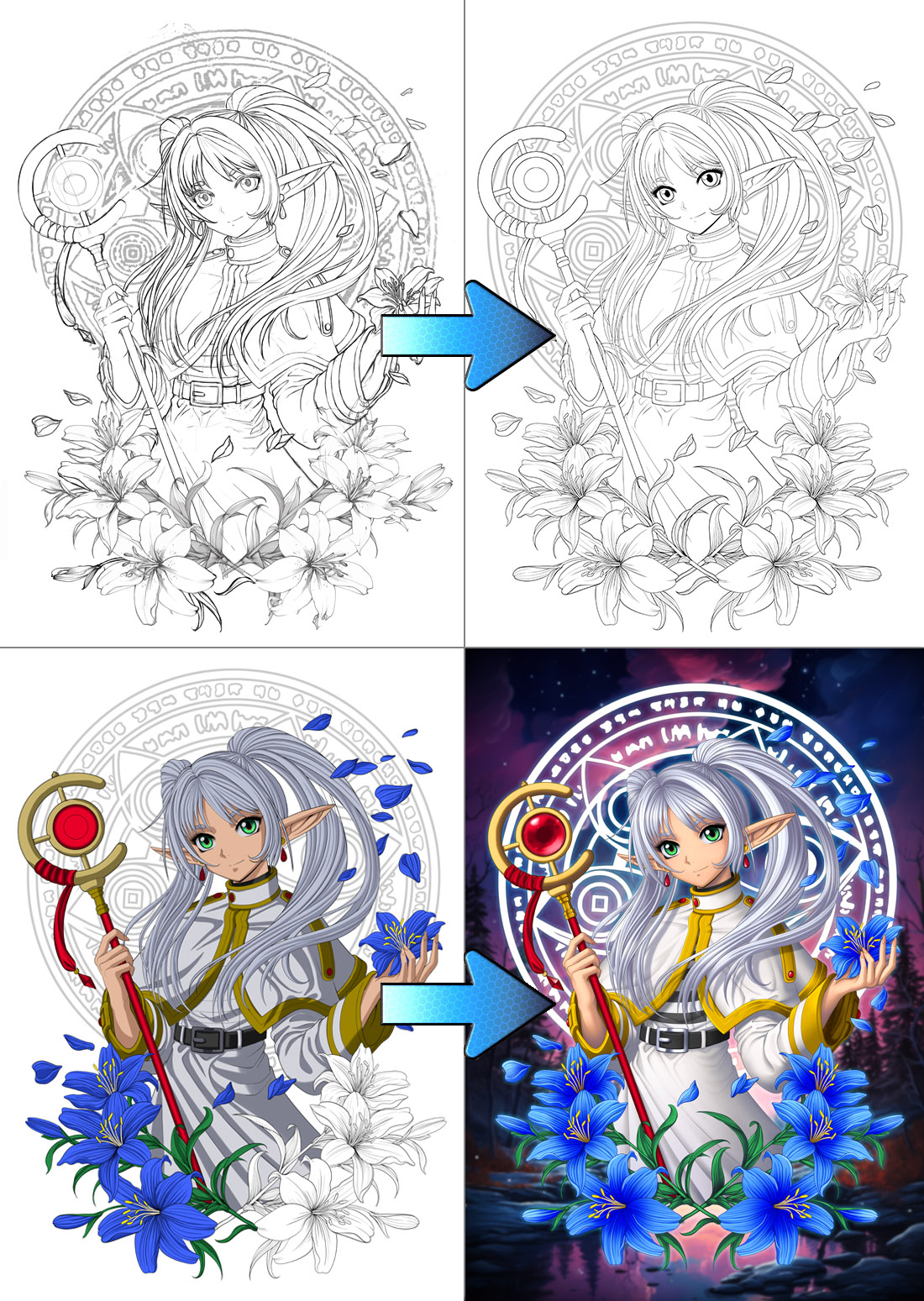
The final stage was to adjust colours and swap out the background for something a little more harmonious.
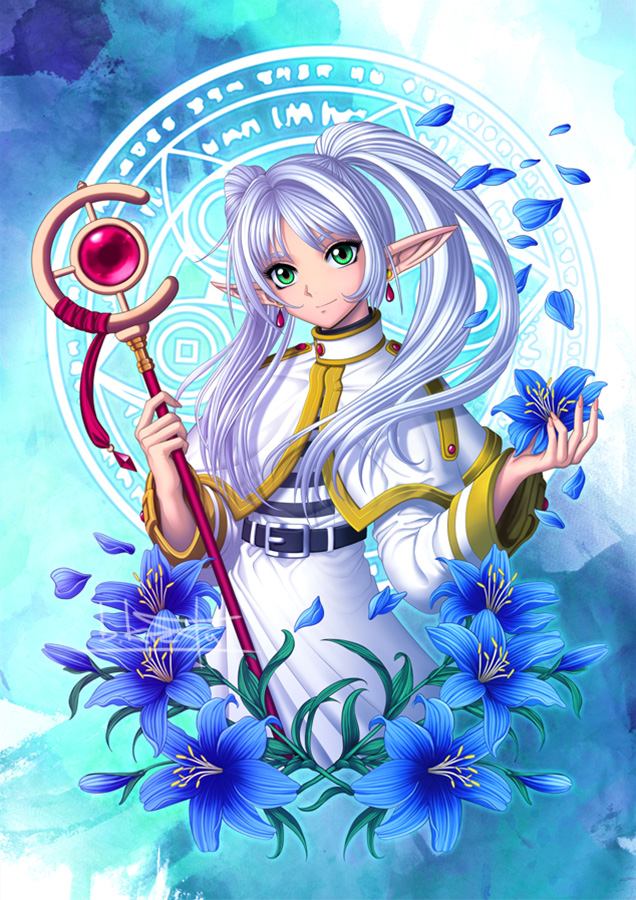
Lastly, a couple of close up shots...
The Frieren anime series shot up to the number 1 spot in the all-time best ever anime charts. It was good. Good enough for me to rate it a solid 7 out of 10, and to create fan art too. Although it's not quite able to compete with other anime I'd seen recently such as Dr Stone, Made in Abyss and Heavenly Delusion. I'm now feeling the need to create something less pretty and a little more bad-ass! Do you have any favourite characters from anime, games or films? An idea which might look cool? If you have any suggestions, let me know :)


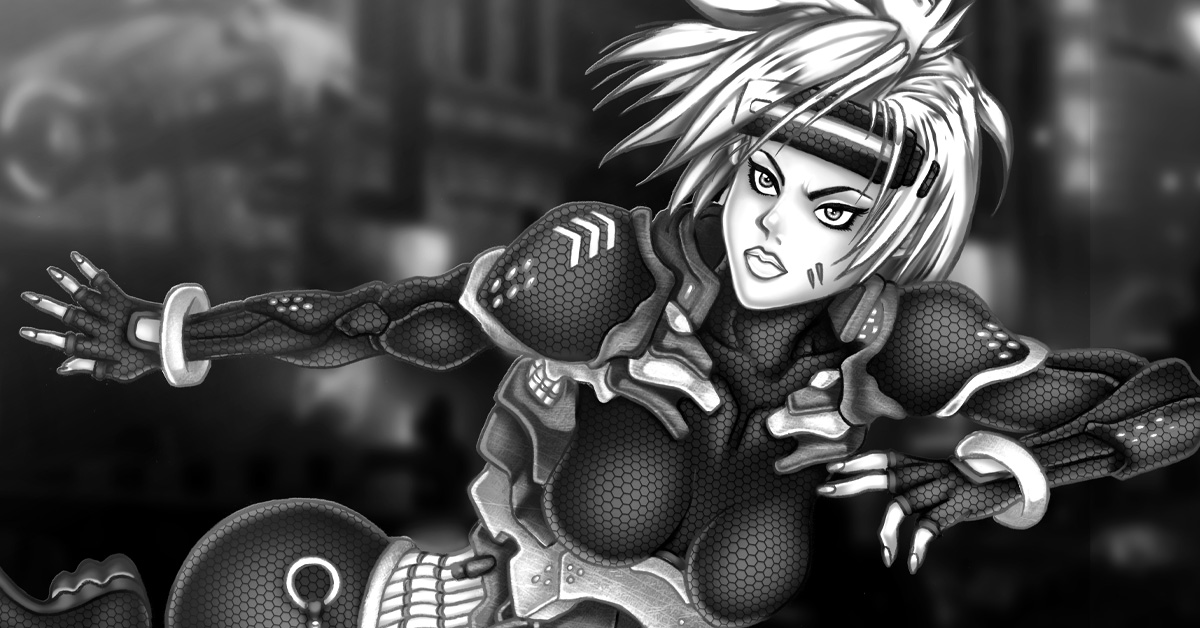
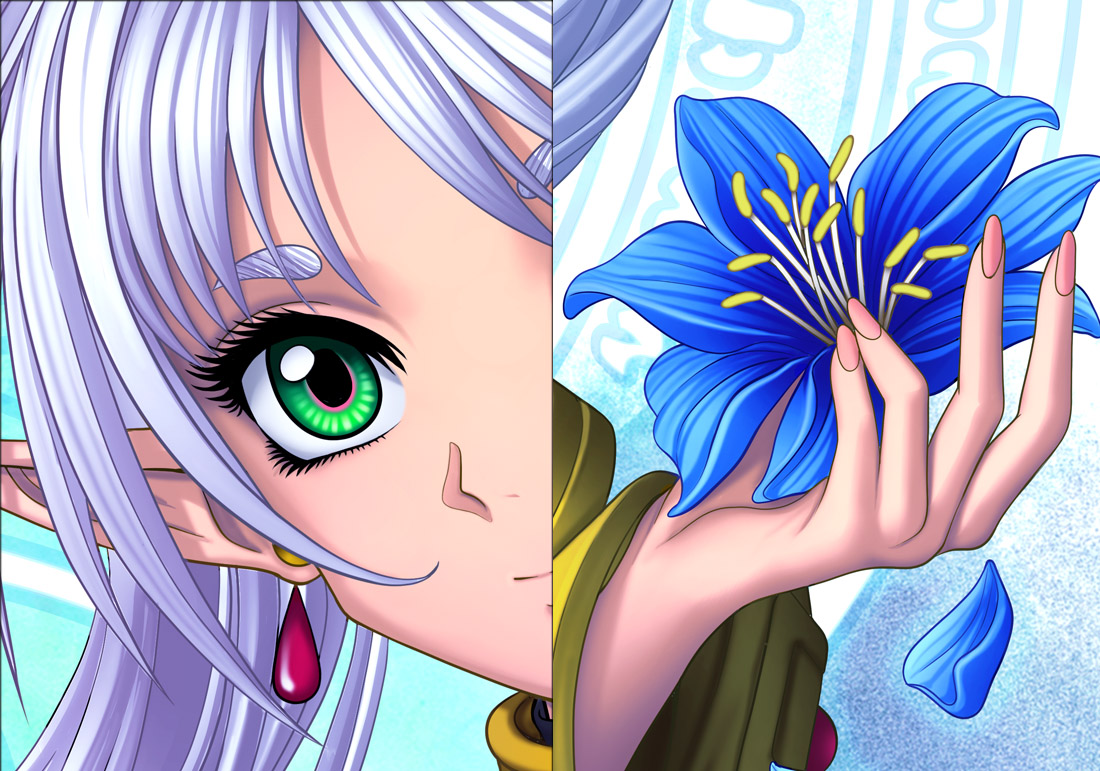

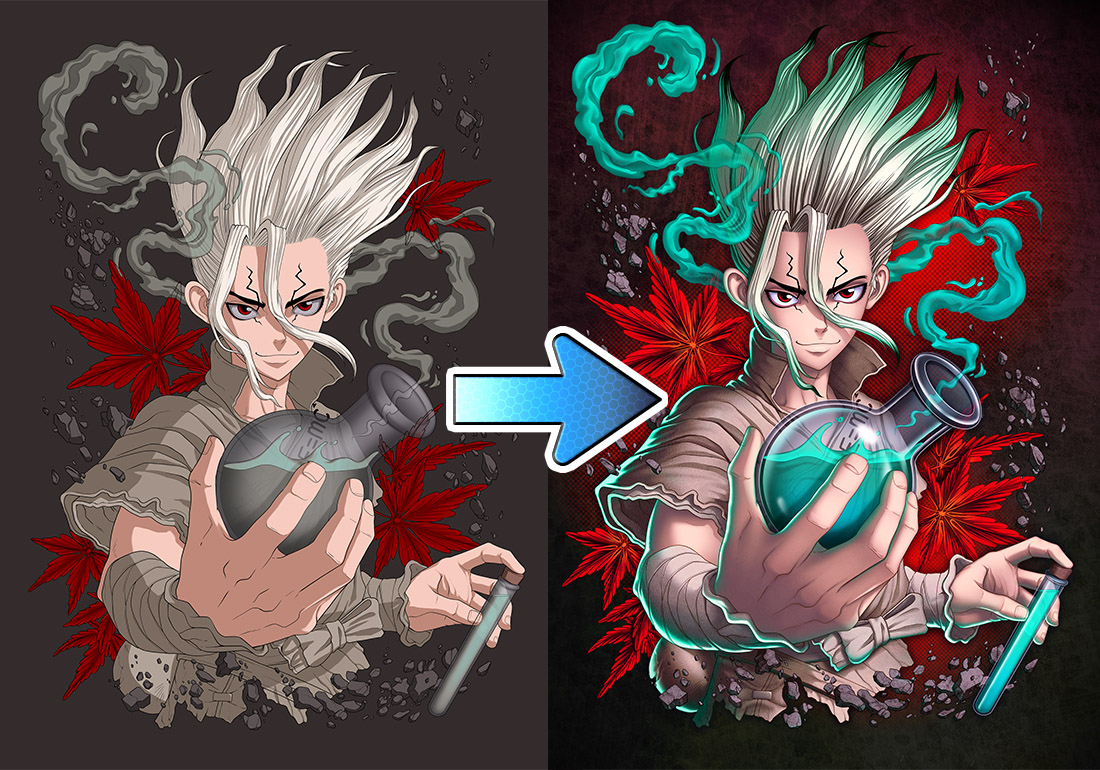
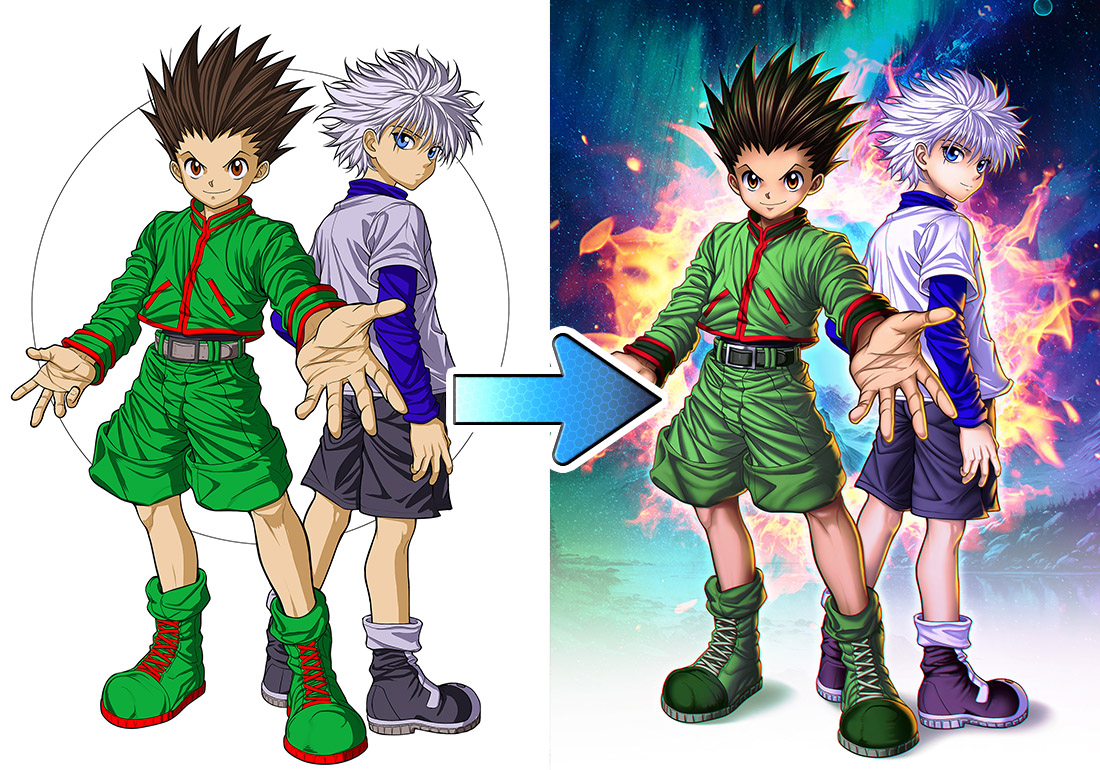
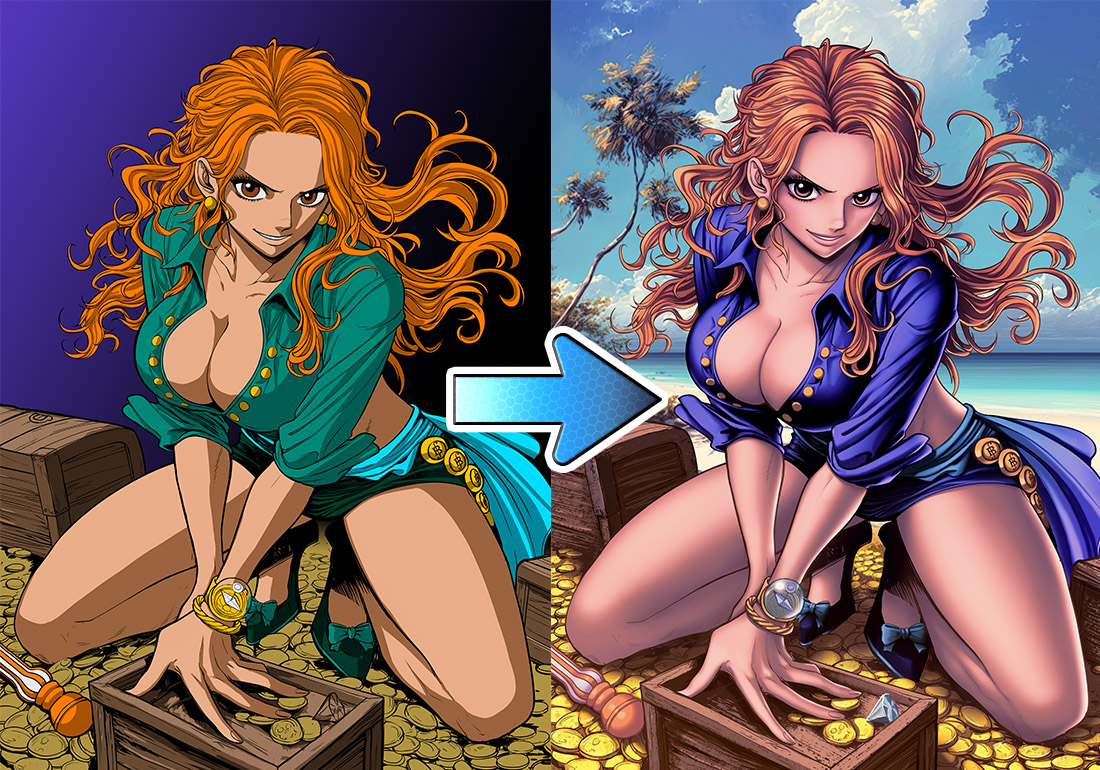



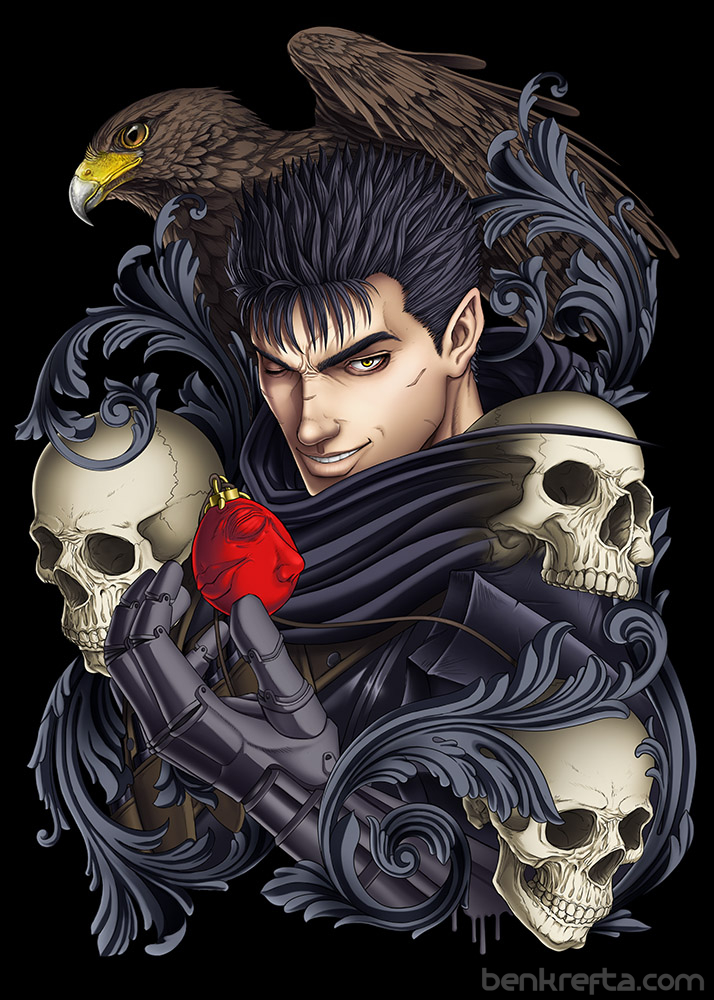
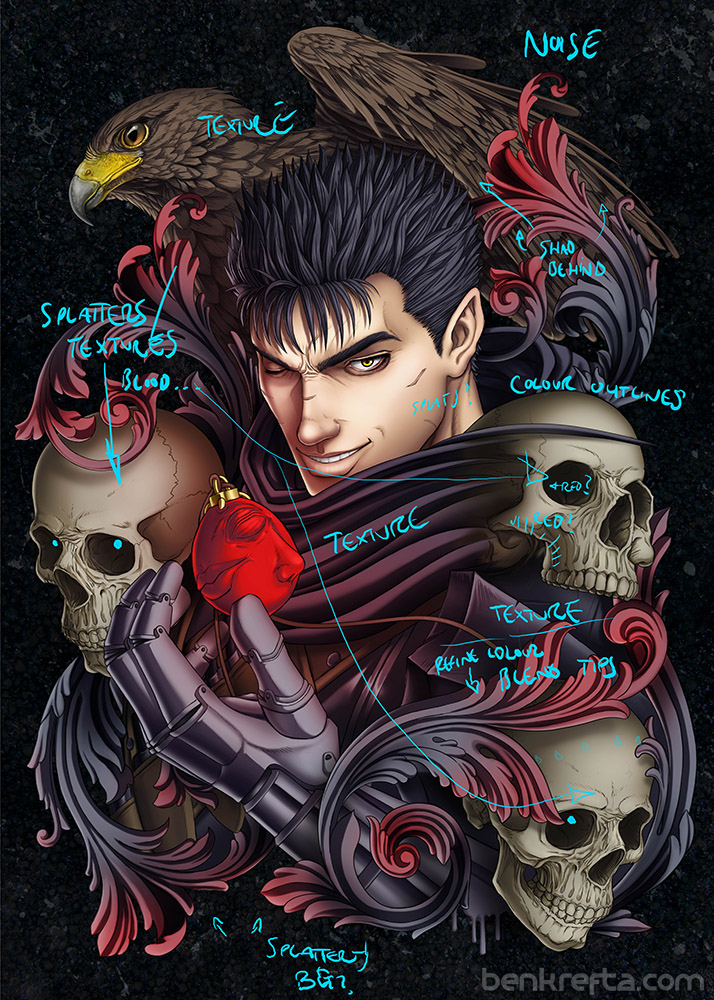


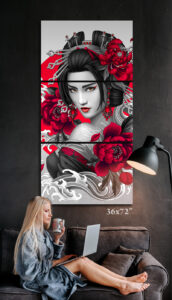

 Smaller images can look fine on a screen- especially mobile devices. They only print small and when enlarged they become pixilated and grainy. This makes them unsuitable for printing onto products. Another advantage to uploading smaller images is that they load faster, plus take up less space on your hard drive or SD card.
Smaller images can look fine on a screen- especially mobile devices. They only print small and when enlarged they become pixilated and grainy. This makes them unsuitable for printing onto products. Another advantage to uploading smaller images is that they load faster, plus take up less space on your hard drive or SD card. Not to be confused with screen resolution, when an image is printed, it's pixels per inch (ppi) is taken into account to determine its print resolution and level of quality. [Note- for the sake of argument, I sometimes use the terms 'ppi' and 'dpi' (dots per inch) interchangeably]
Not to be confused with screen resolution, when an image is printed, it's pixels per inch (ppi) is taken into account to determine its print resolution and level of quality. [Note- for the sake of argument, I sometimes use the terms 'ppi' and 'dpi' (dots per inch) interchangeably] Most images shared online will be saved as a compressed JPEG file. This typically uses .jpg extension at the end of the file name. Even a large, high-res Jpeg won't be suitable for print if it's been super compressed.
Most images shared online will be saved as a compressed JPEG file. This typically uses .jpg extension at the end of the file name. Even a large, high-res Jpeg won't be suitable for print if it's been super compressed. Your digital watermark could be a logo or signature. Watermarks usually cover a portion of the art with a semi-transparent logo or word which makes the image less useful without totally obscuring it.
Your digital watermark could be a logo or signature. Watermarks usually cover a portion of the art with a semi-transparent logo or word which makes the image less useful without totally obscuring it. 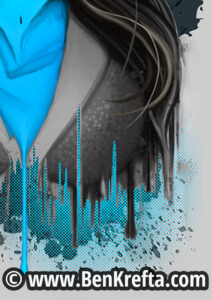 Similarly to adding a watermark, you could add a copyright notice to your image. By default, any artwork created by an author grants them automatic copyright and ownership (other than in work-for-hire or other contractual relationships). However, adding a line of text to state the artwork has an owner may deter a few thieves and make people aware of the image's author.
Similarly to adding a watermark, you could add a copyright notice to your image. By default, any artwork created by an author grants them automatic copyright and ownership (other than in work-for-hire or other contractual relationships). However, adding a line of text to state the artwork has an owner may deter a few thieves and make people aware of the image's author. Rather than adding copyright info or a web address to the image itself, you can always add this to any web page you post your images to. On social media, add hash tags including your name, company or brand in the description box. This helps mitigate the damage from social media shares where people don’t give credit.
Rather than adding copyright info or a web address to the image itself, you can always add this to any web page you post your images to. On social media, add hash tags including your name, company or brand in the description box. This helps mitigate the damage from social media shares where people don’t give credit. You could decide to post just a cropped version of the full image you have. This isn't necessarily a great solution and the crop still has a chance of being taken, but in a few select cases, it could work as a deterrent.
You could decide to post just a cropped version of the full image you have. This isn't necessarily a great solution and the crop still has a chance of being taken, but in a few select cases, it could work as a deterrent. Particularly for digital artists and photographers, one thing to consider is printing out your work, then taking and sharing photos of it. It can be taken at a slight angle by tilting the work, placed in a frame or held up to the camera. Any ambient shadows or lighting stops a thief from being able to download a clean version of the image suitable to add to products.
Particularly for digital artists and photographers, one thing to consider is printing out your work, then taking and sharing photos of it. It can be taken at a slight angle by tilting the work, placed in a frame or held up to the camera. Any ambient shadows or lighting stops a thief from being able to download a clean version of the image suitable to add to products.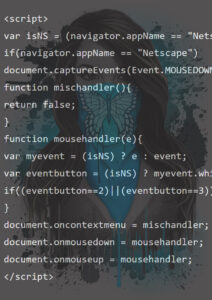 If you manage your own website and have some coding know-how, you can disable right-clicking on your images. Therefore not allowing the option to save them. Or you can make images only downloadable 'webp' files which means they'll only open in a browser. This makes it a bit harder for some people to save your images to their devices.
If you manage your own website and have some coding know-how, you can disable right-clicking on your images. Therefore not allowing the option to save them. Or you can make images only downloadable 'webp' files which means they'll only open in a browser. This makes it a bit harder for some people to save your images to their devices. If you make it easy for people to contact you, they’ll be more likely to ask for permission to use your work. Mention your web address or how people can contact you on the sites you post on. If you don’t want to grant permission, you can still politely decline. On my site, the
If you make it easy for people to contact you, they’ll be more likely to ask for permission to use your work. Mention your web address or how people can contact you on the sites you post on. If you don’t want to grant permission, you can still politely decline. On my site, the 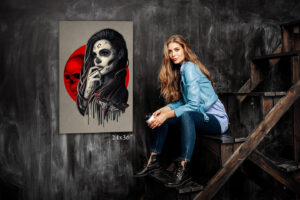


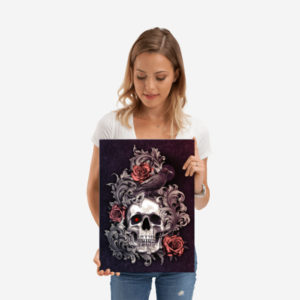
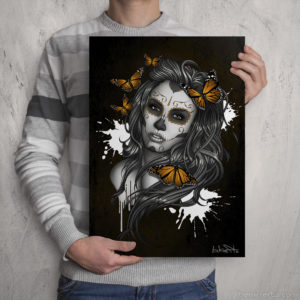
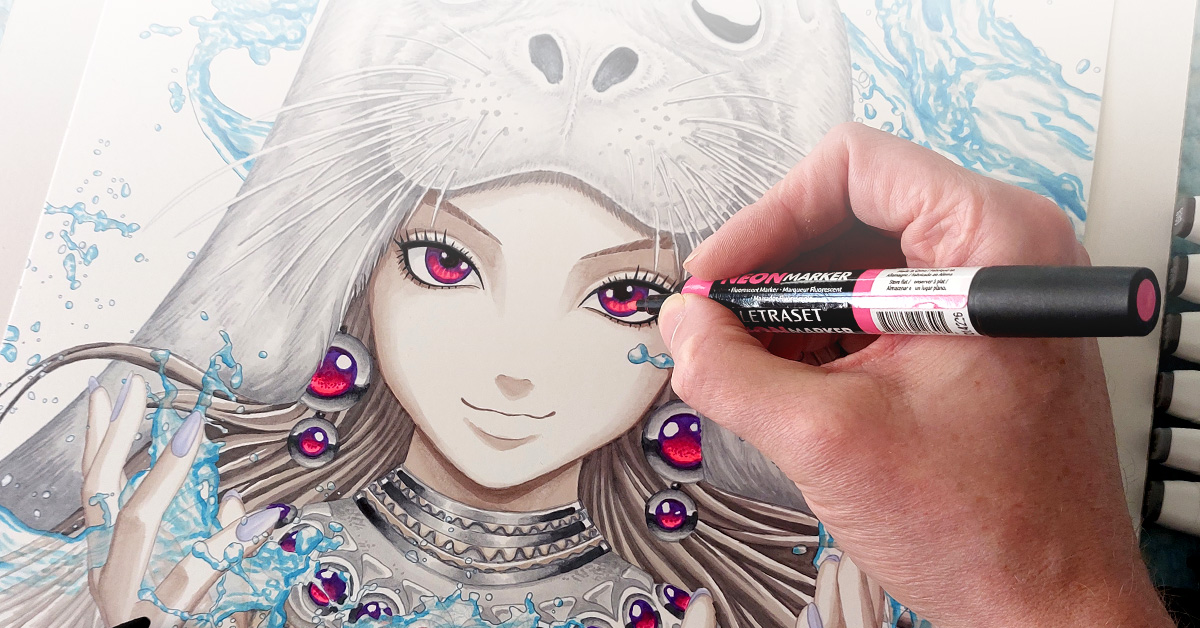
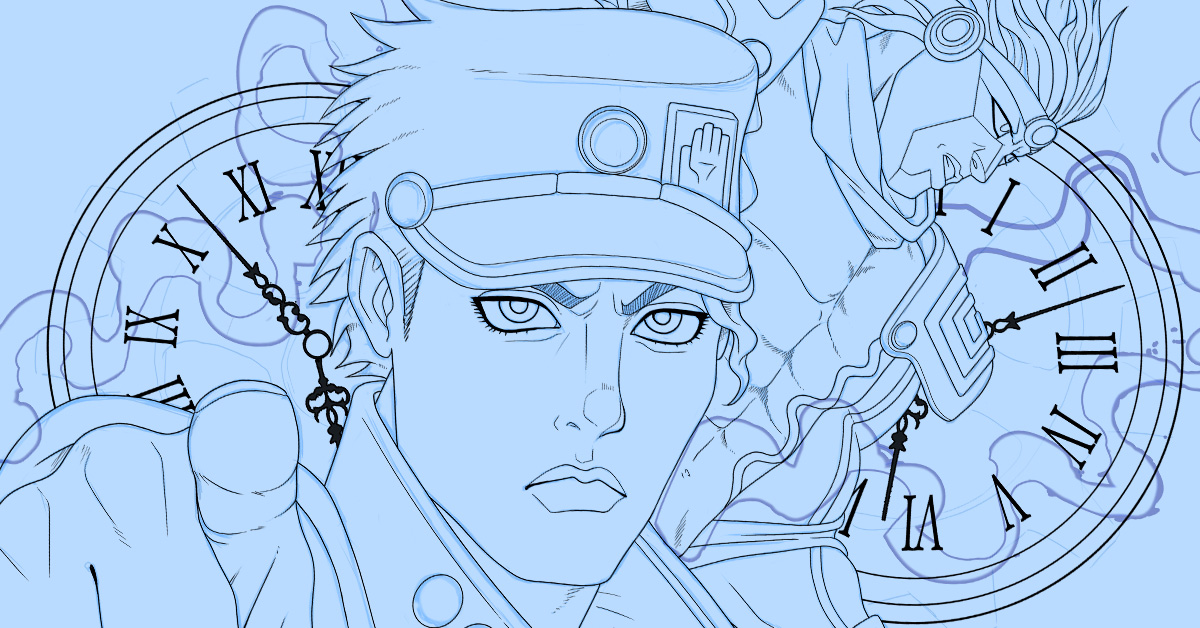
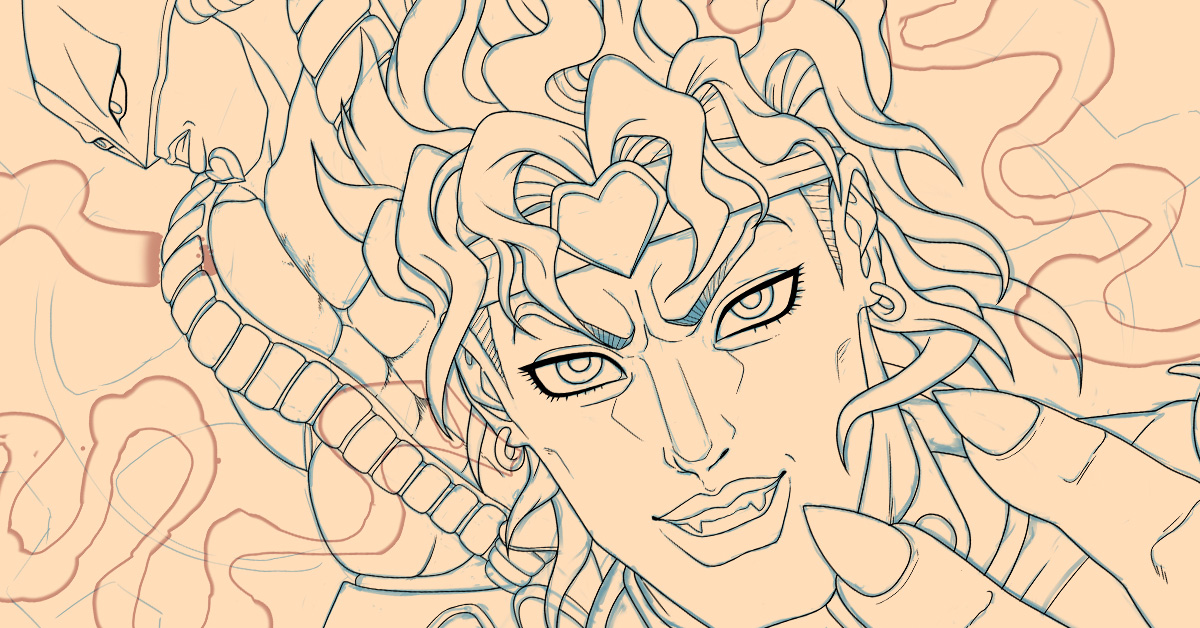
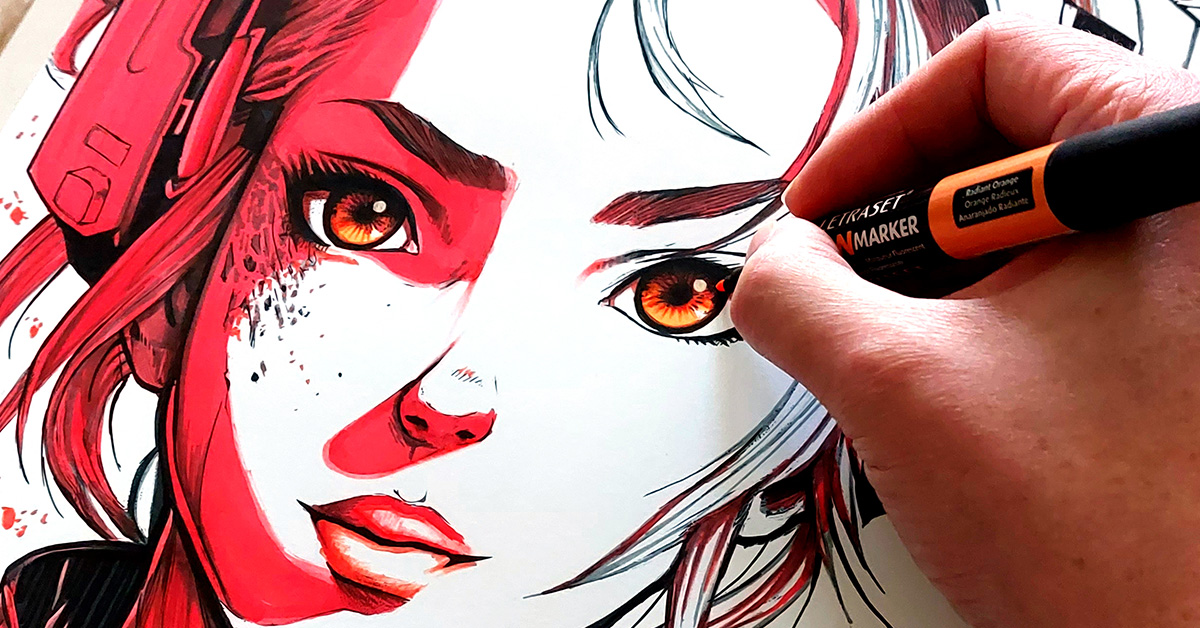

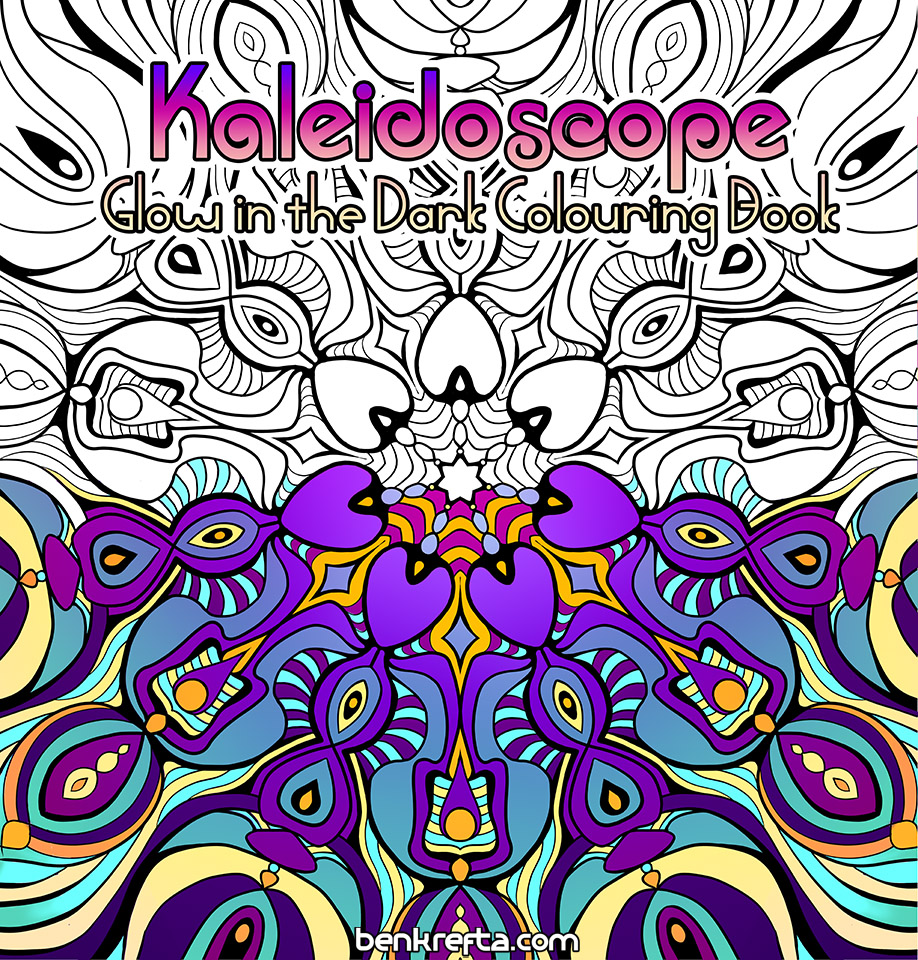 The cover art sample was provided to the client. Despite being a black and white colouring book on the inside, I wanted to give it a colourful, psychedelic vibe.[/caption]
The cover art sample was provided to the client. Despite being a black and white colouring book on the inside, I wanted to give it a colourful, psychedelic vibe.[/caption]
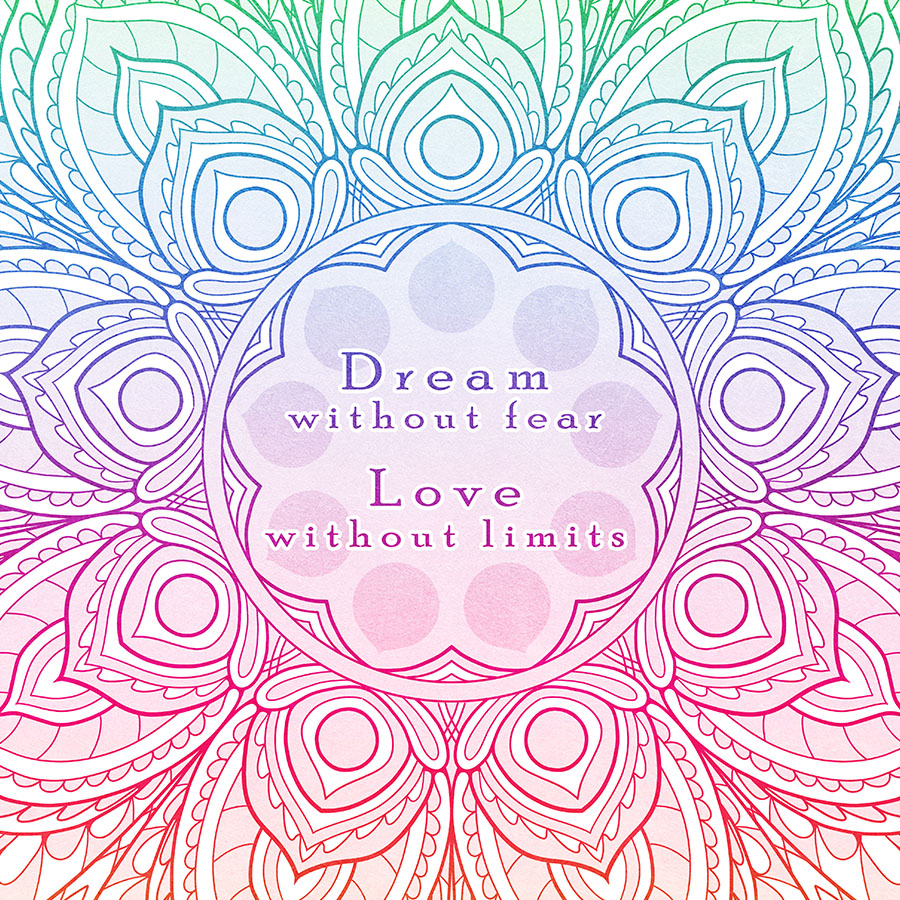
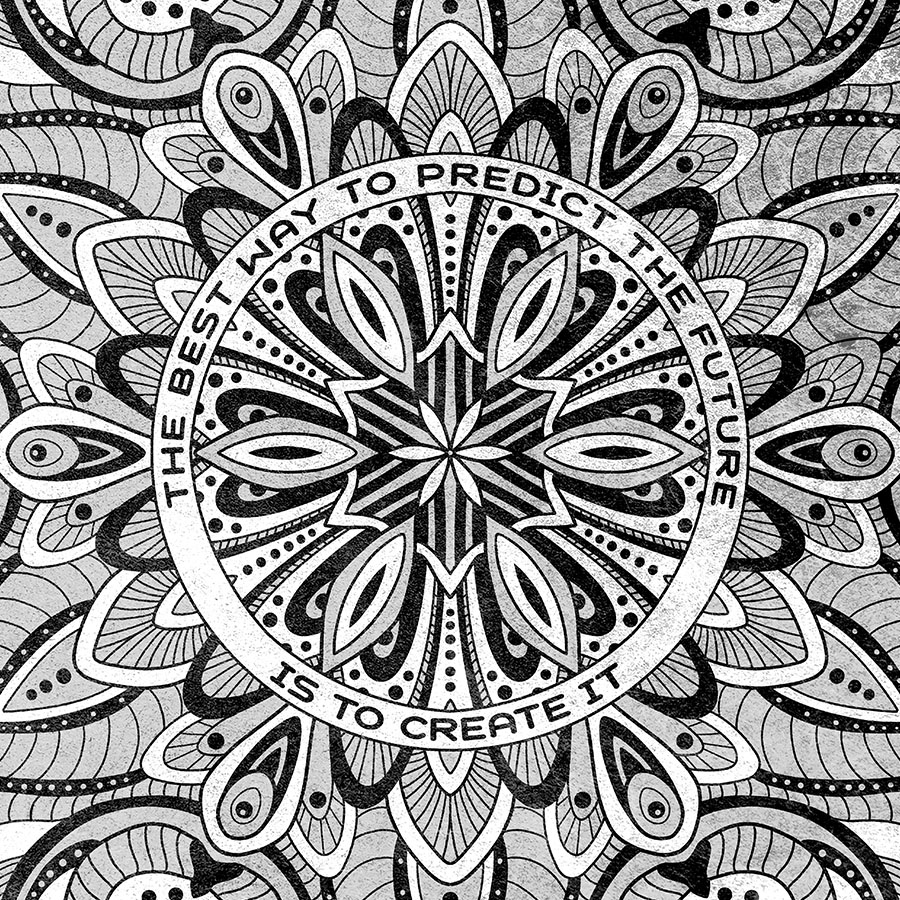
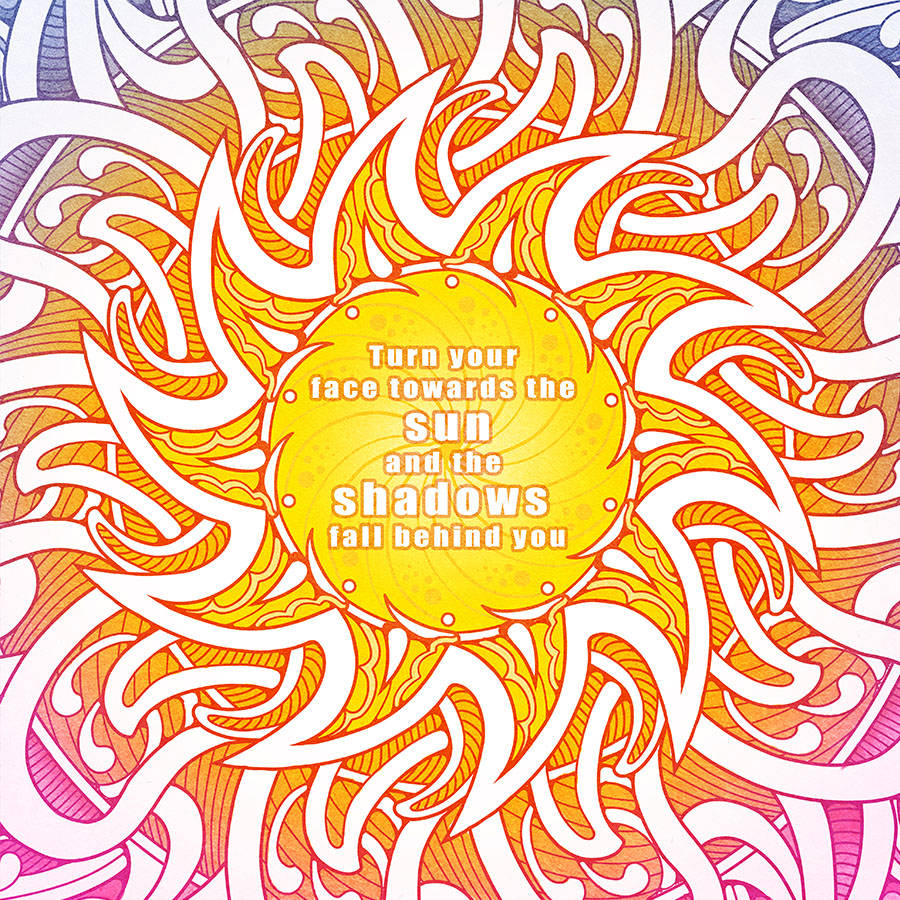
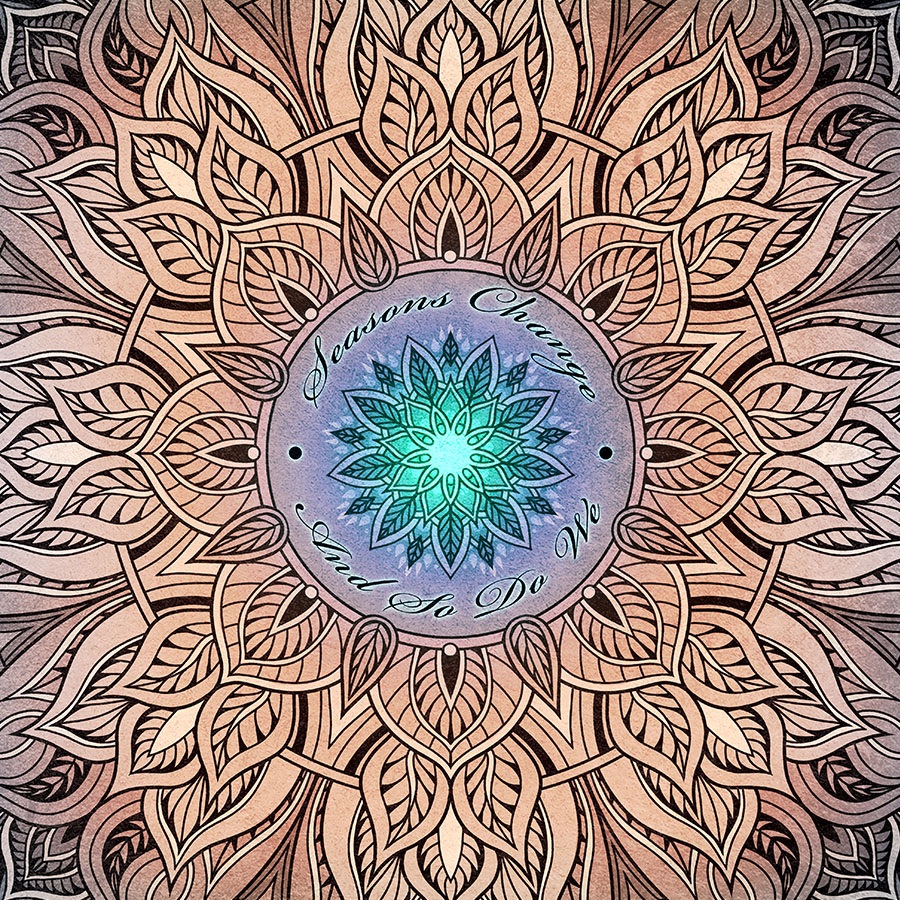
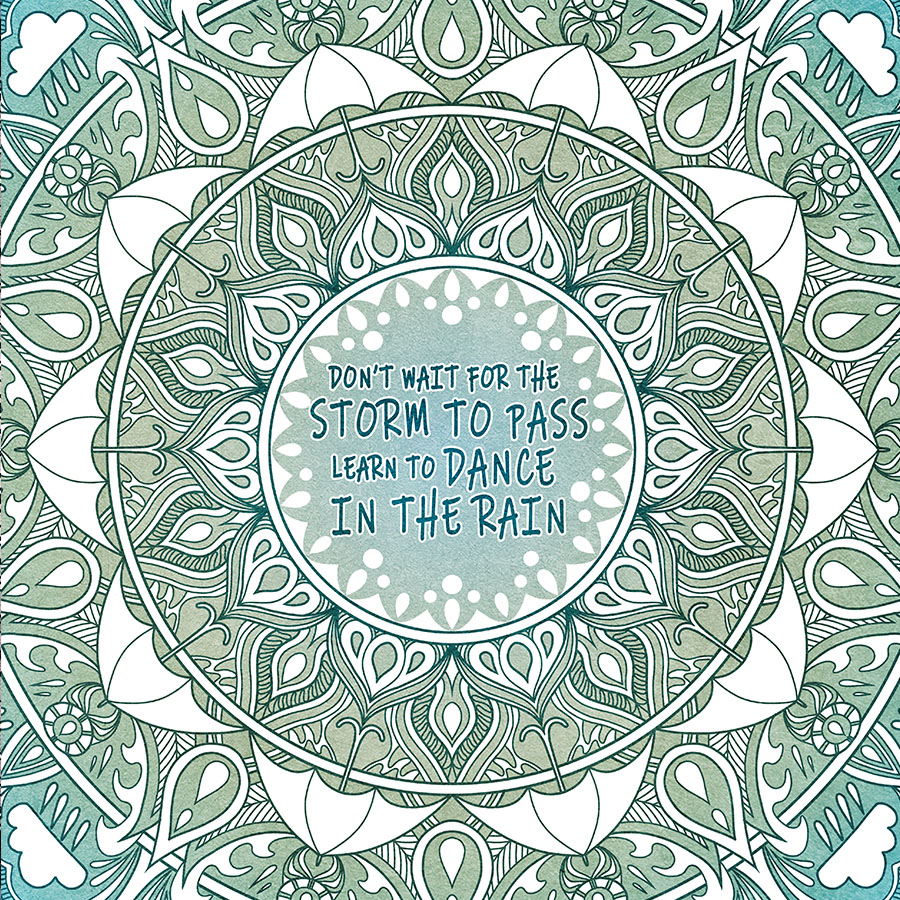




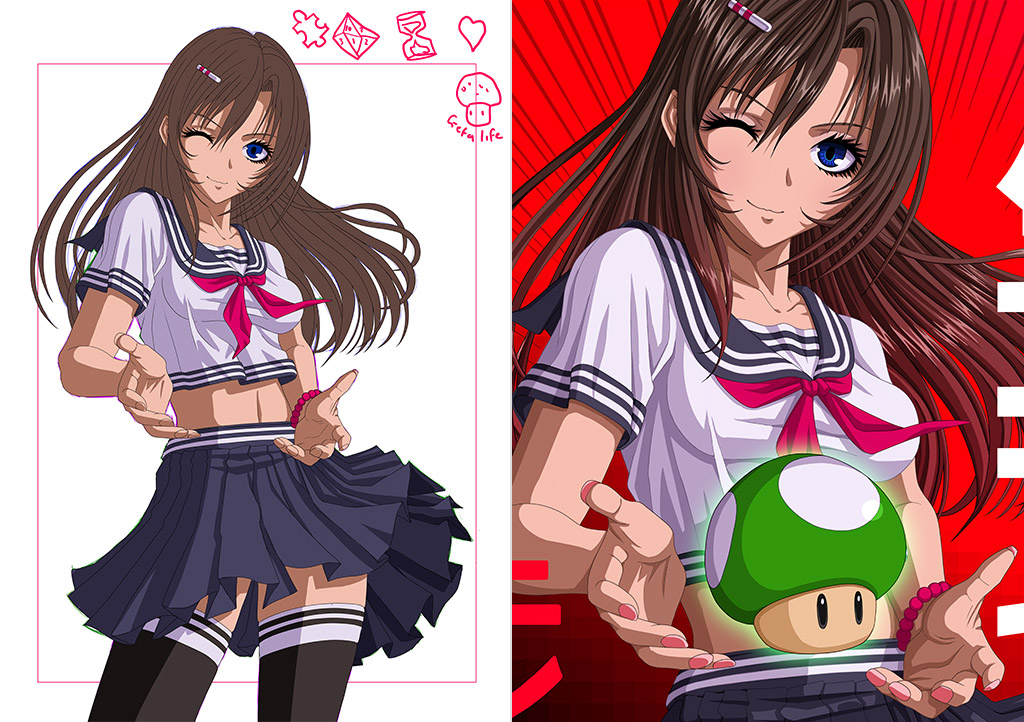
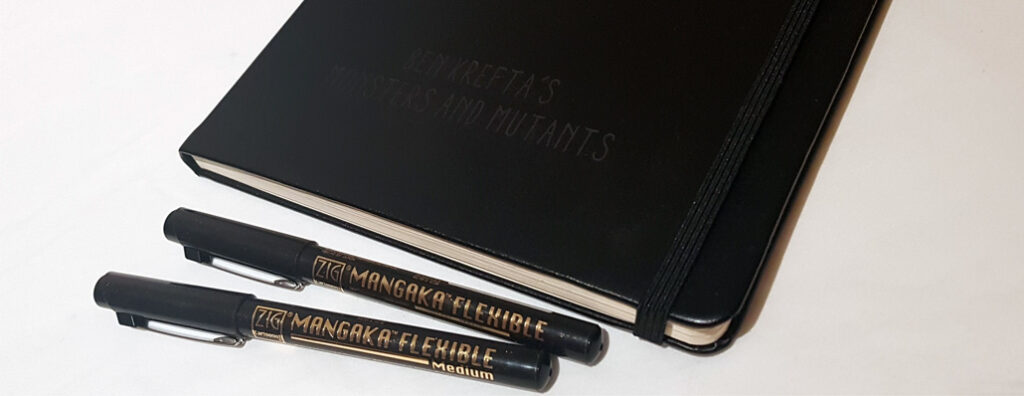
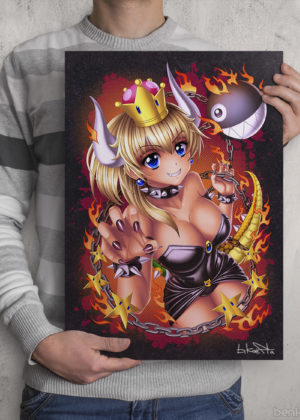





 RSS – Posts
RSS – Posts